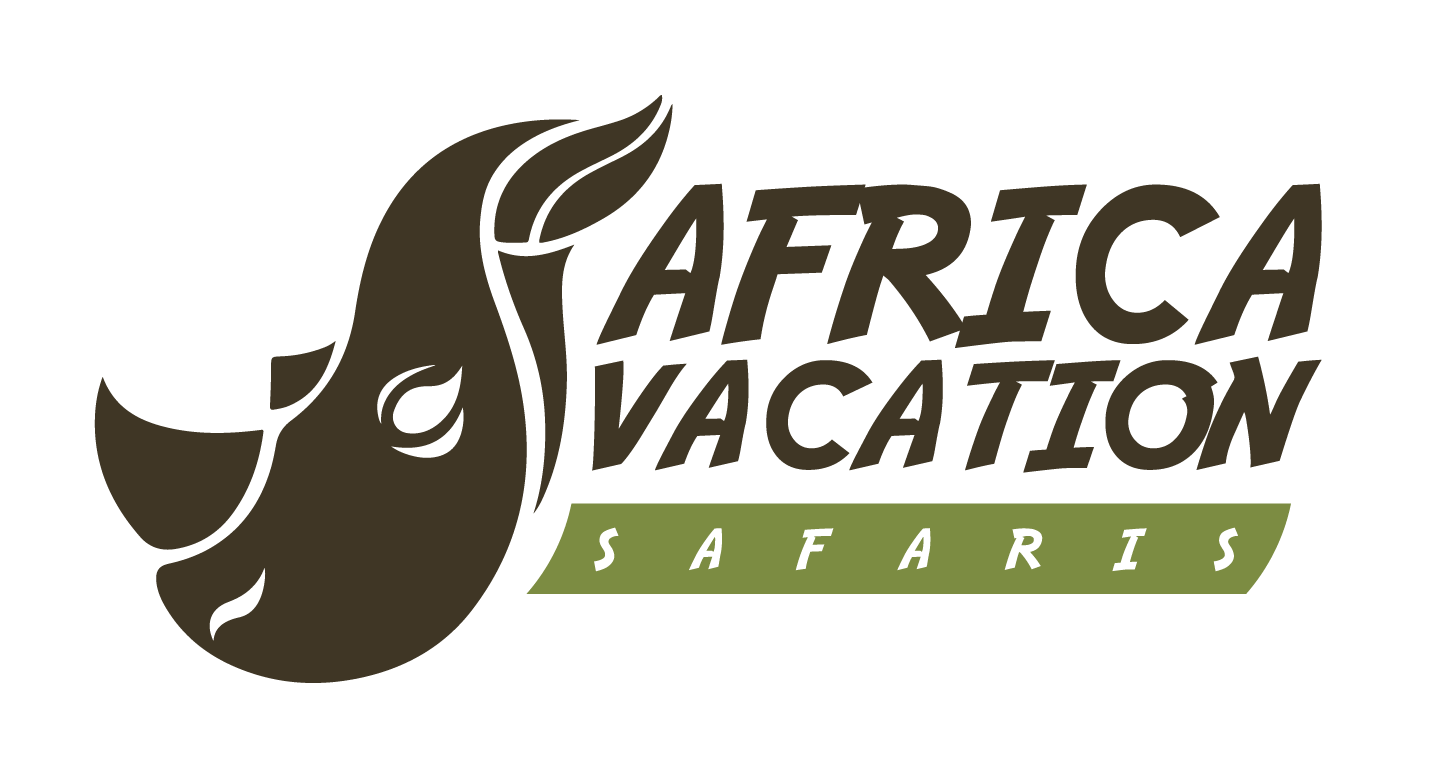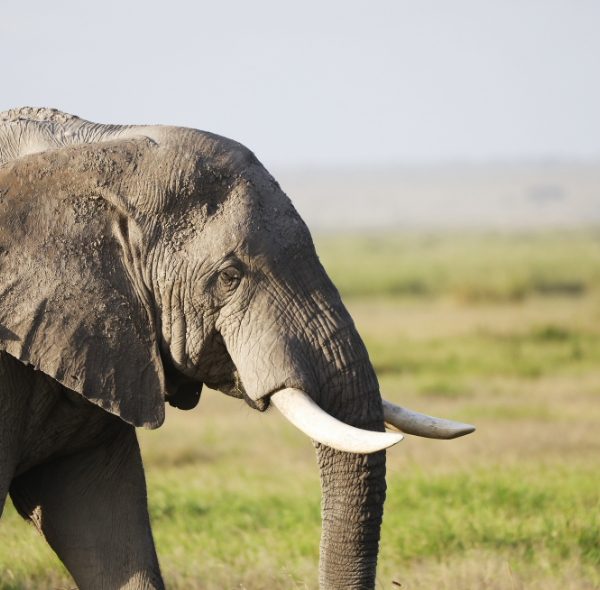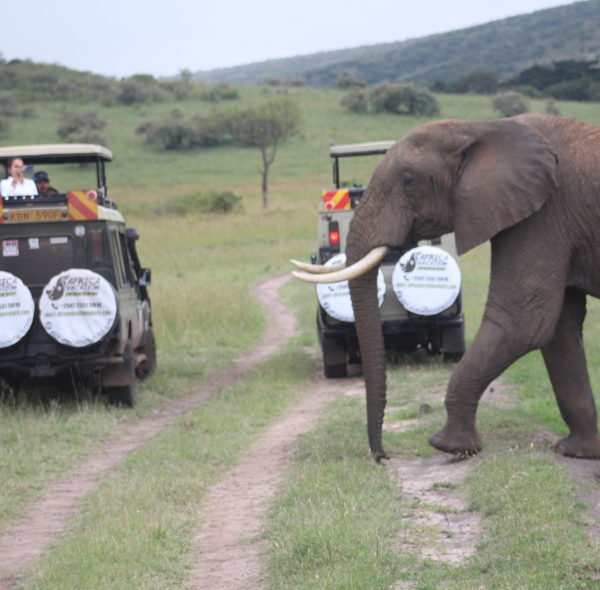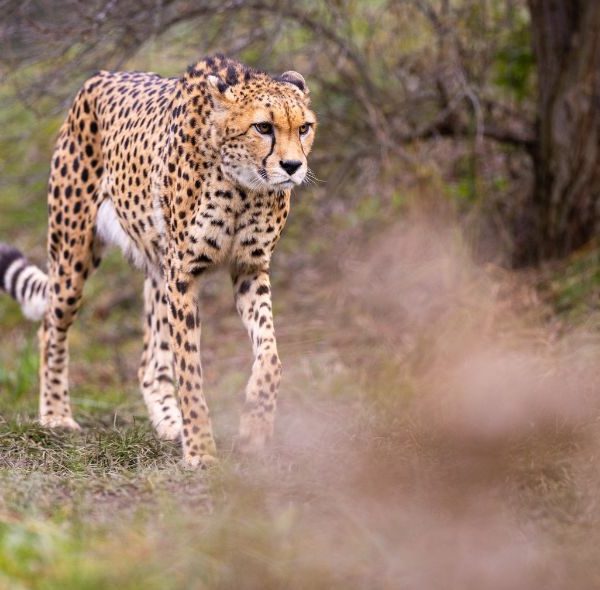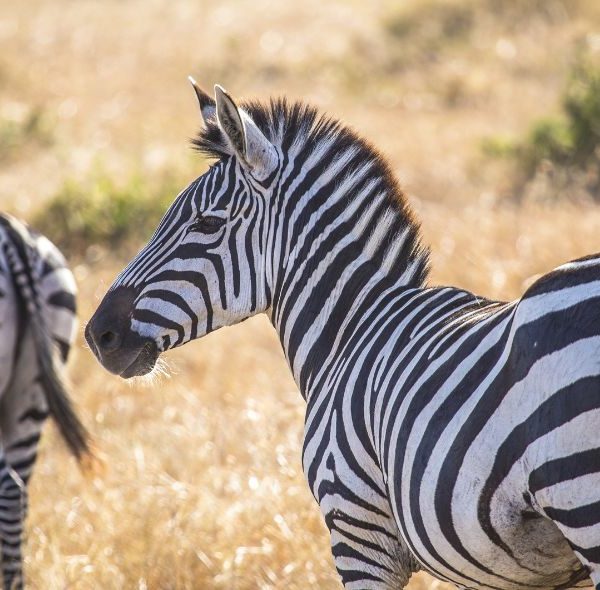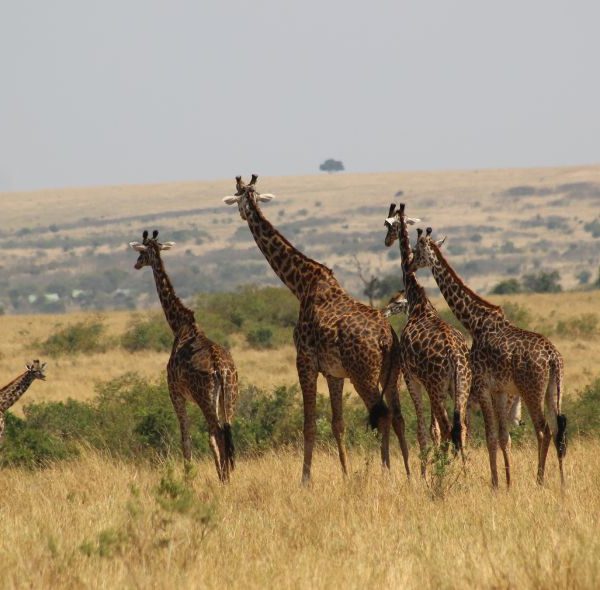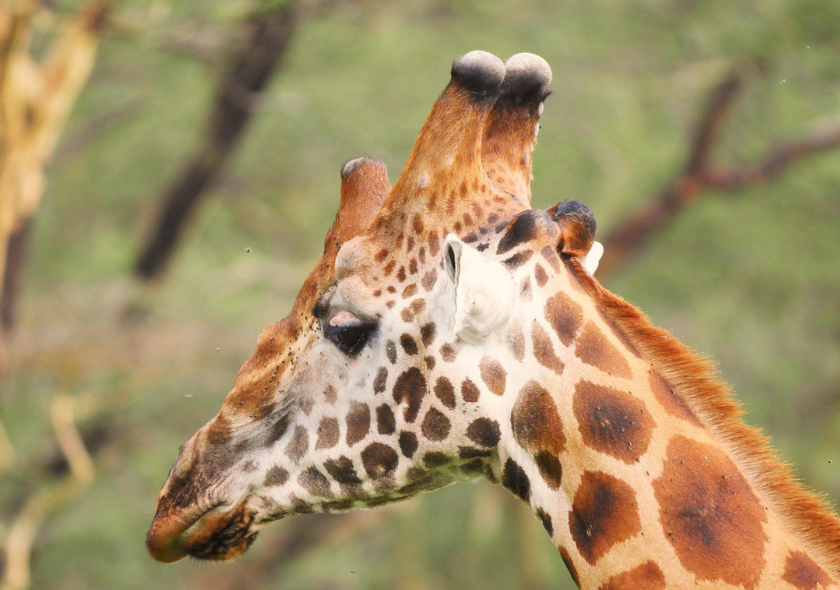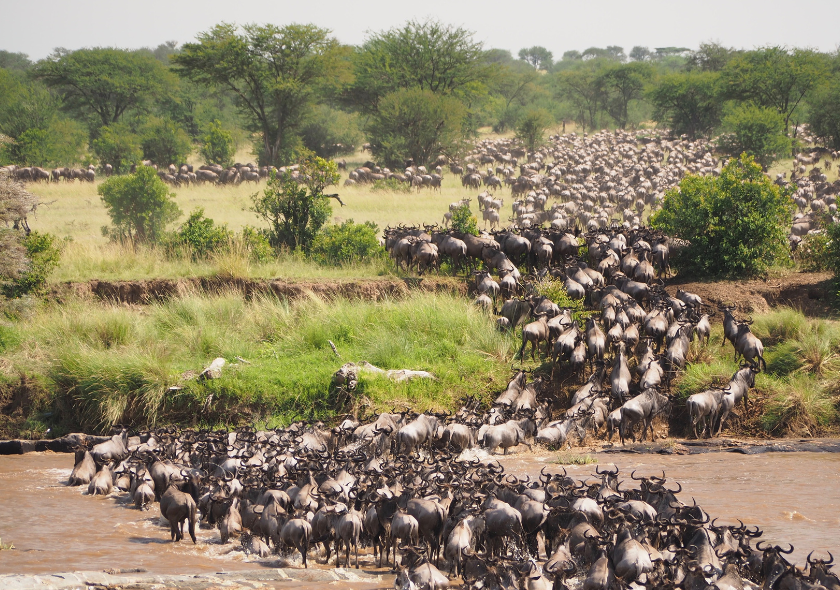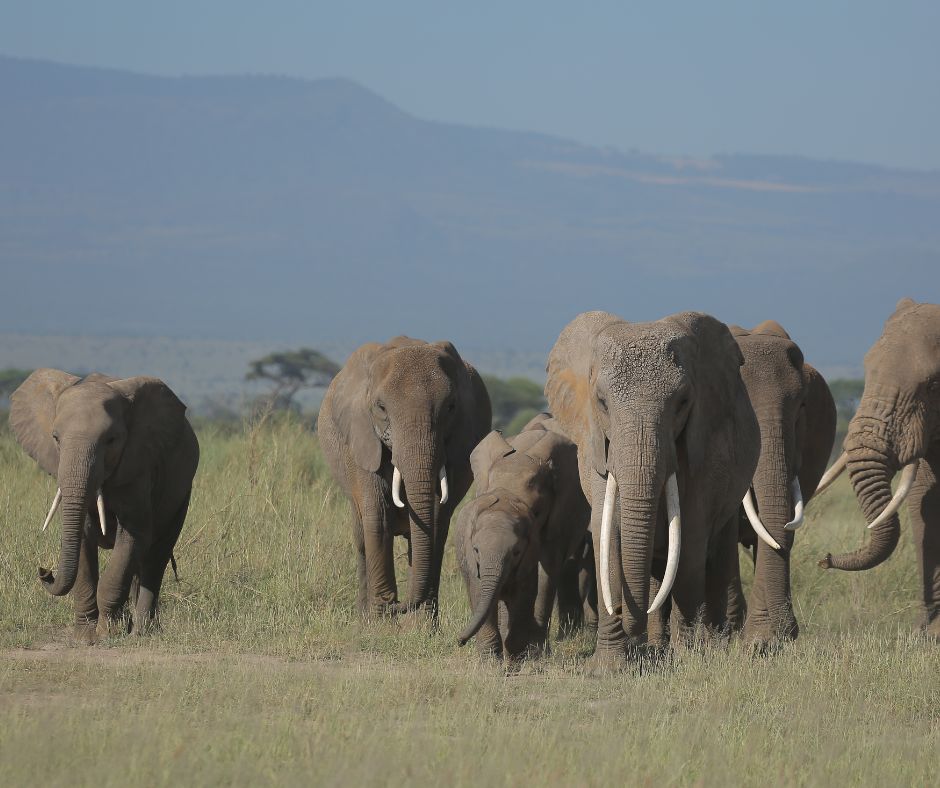3 Days Masai Mara Safari
- Quality5
- Location5
- Amenities5
- Services5
- Price5
Overview
Let us go on a 3 Days Private Masai Mara Safari from Nairobi. Masai Mara is about 1,510 Sq meters or 580 Sq miles and its located south west of Kenya bordering the famous Serengeti of Tanzania. It features a stunning kaleidoscope of wild and rugged open savanna landscapes and an exciting array of wildlife including the Big Five
Important Information about this safari
Safari Starts in: Nairobi
Ends in: Nairobi
Min No of Travelers: 2 ( Solo Travelers pay more). Please Inquire
Maximum No of Travelers: 6 per vehicle
Where to Stay
Explore Nature Camp
Pricing Guidelines
DATES:
Low Season: (1st April – 31st May 2022)
Per person sharing in a double tent: From USD 570
Mid-Season: 3rd Jan – 31st March 2022/ 1st June – 14th July 2022/ 01st Oct – 22 Dec 2022
Per person sharing in a double tent: From USD 650
High Season: 1st July – 30th Sep 2022/ 23rd Dec 2022 – 2nd Jan 2022
Per person sharing in a double tent: From USD 750
*Rates are based on per person sharing in a double/twin tent
Included/Exclude
- Park fees
- Transport
- Game drives
- Accommodation
- Meals as indicated in the itinerary
- Drinking water
- Professional Guide
- Tips
- Insurance
- Extras (Balloon Safari and Masai Village ).
- Anything not mentioned above
